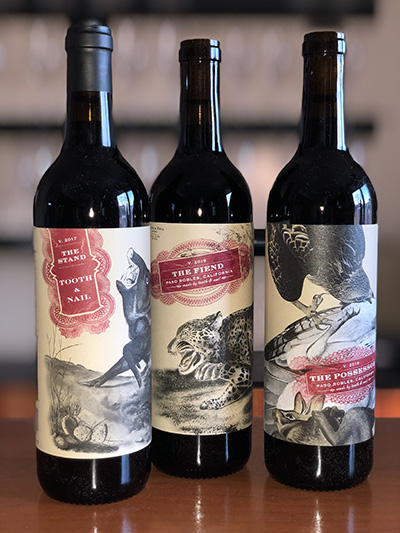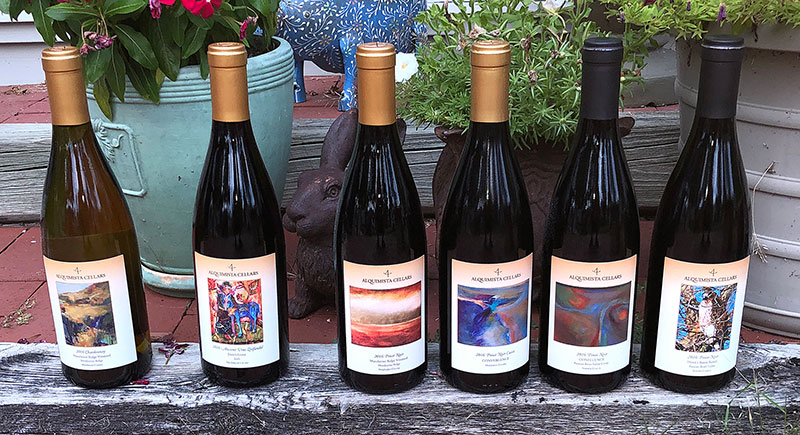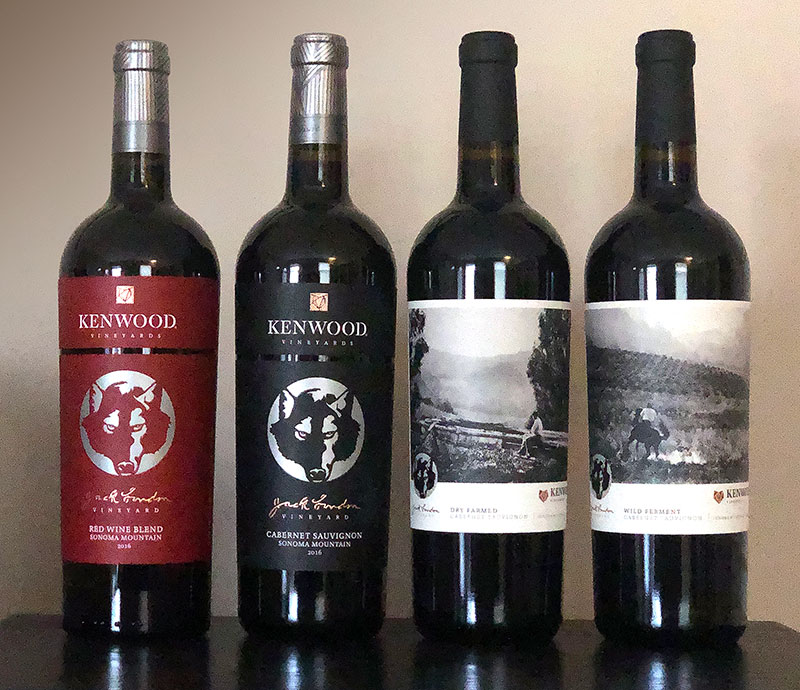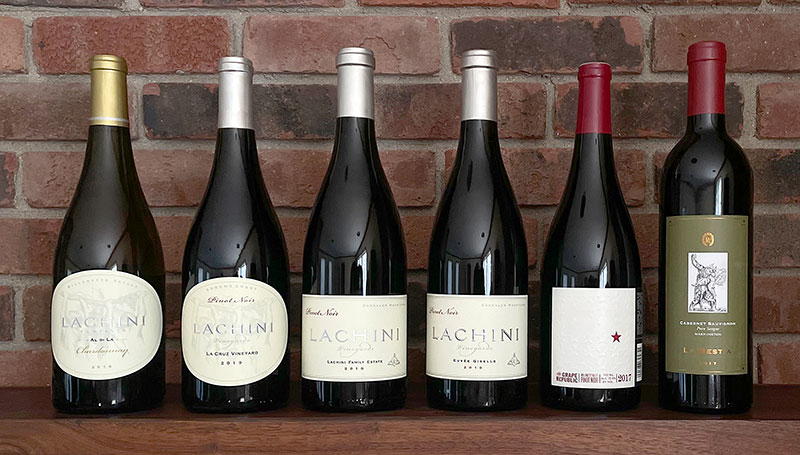
Lachini Vineyards La Cruz Pinot Noir 2019
Proprietor Ron Lachini’s family hails from the Tuscan town of Lucca. At some point, his grandfather immigrated to the United States, settling in the large Italian community of San Francisco’s North Beach. He started making wine with his father and grandfather in their garages as a child.
He and his wife Marianne 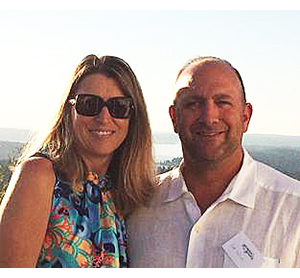 both attended U.C. Davis, where they were exposed to the world of viticulture and enology. Travels to some of the world’s esteemed wine regions and wineries cemented their love and collection of fine wines. After college, Ron began a career in the financial industry in 1997, which he pursued until 2008. Nearly simultaneously, in 1998, he and Marianne purchased a 45-acre property in Newberg, Oregon, approximately 30 miles southwest of Portland, with the intention of eventually owning a winery. After clearing and natural site preparation, in June of 1999 they planted their first five acres of Pinot Noir. In the following seven years, additional blocks were planted that now entail just over 30.5 acres of Pinot Noir plus an additional one and a half acres of Chardonnay. This land is now the Lachini Estate Vineyard. Continue reading “Lachini Vineyards La Cruz Pinot Noir”
both attended U.C. Davis, where they were exposed to the world of viticulture and enology. Travels to some of the world’s esteemed wine regions and wineries cemented their love and collection of fine wines. After college, Ron began a career in the financial industry in 1997, which he pursued until 2008. Nearly simultaneously, in 1998, he and Marianne purchased a 45-acre property in Newberg, Oregon, approximately 30 miles southwest of Portland, with the intention of eventually owning a winery. After clearing and natural site preparation, in June of 1999 they planted their first five acres of Pinot Noir. In the following seven years, additional blocks were planted that now entail just over 30.5 acres of Pinot Noir plus an additional one and a half acres of Chardonnay. This land is now the Lachini Estate Vineyard. Continue reading “Lachini Vineyards La Cruz Pinot Noir”

